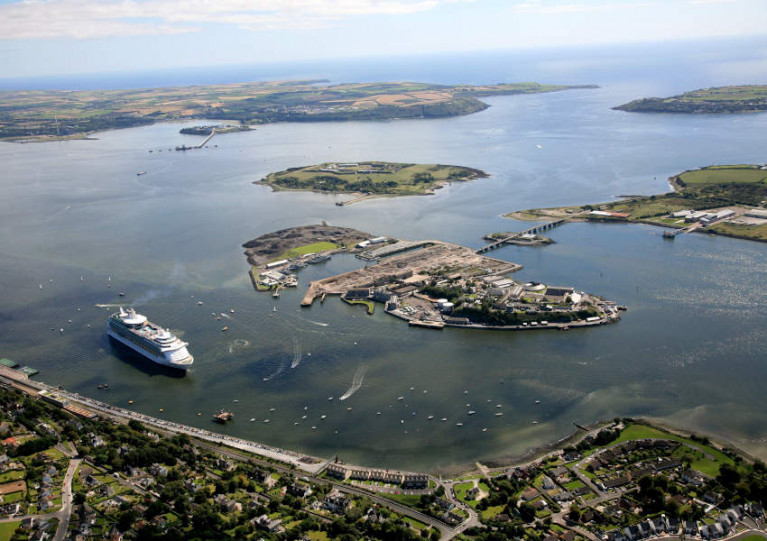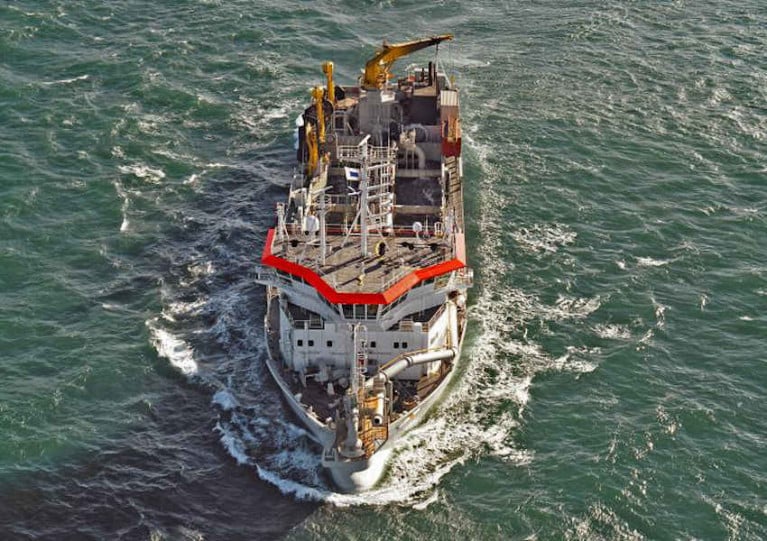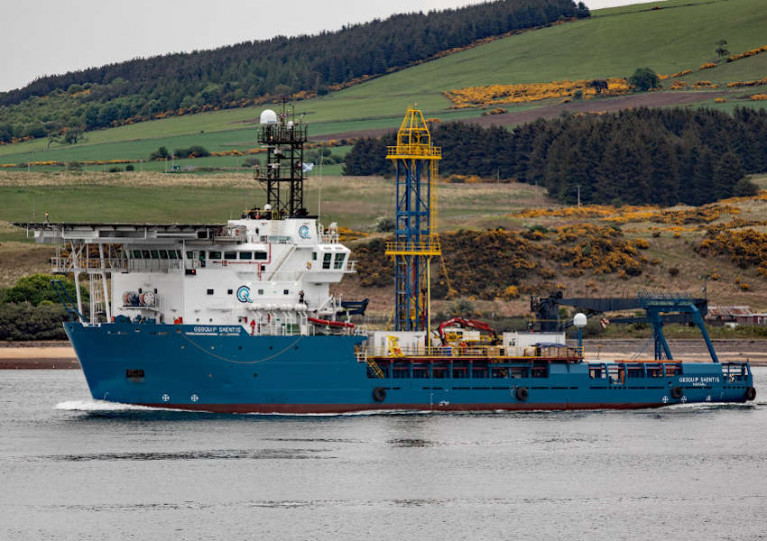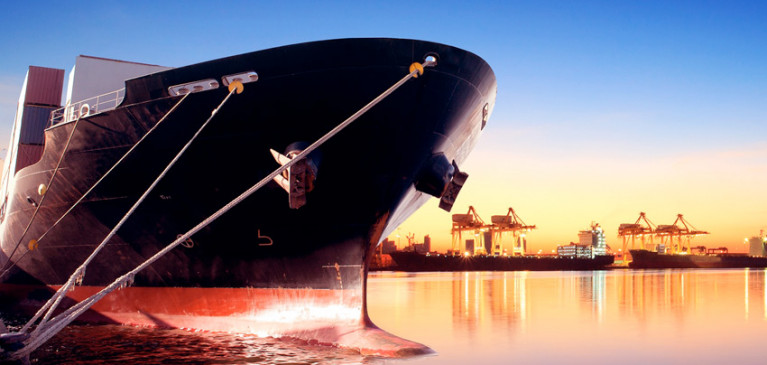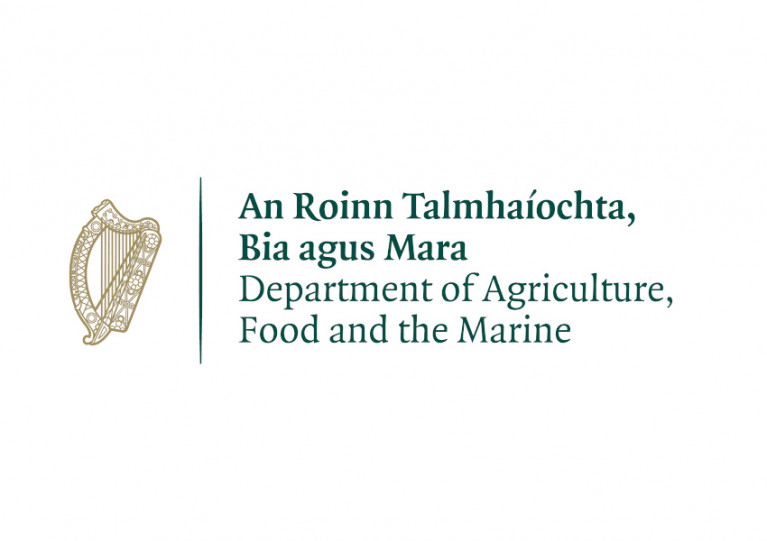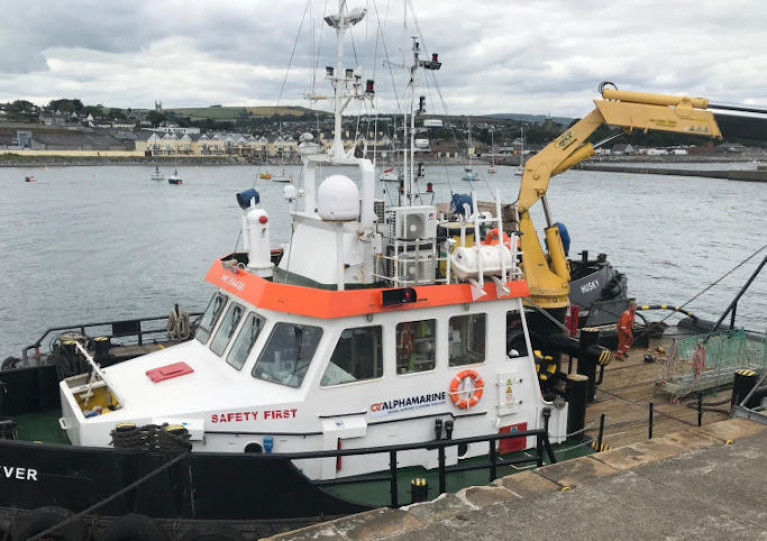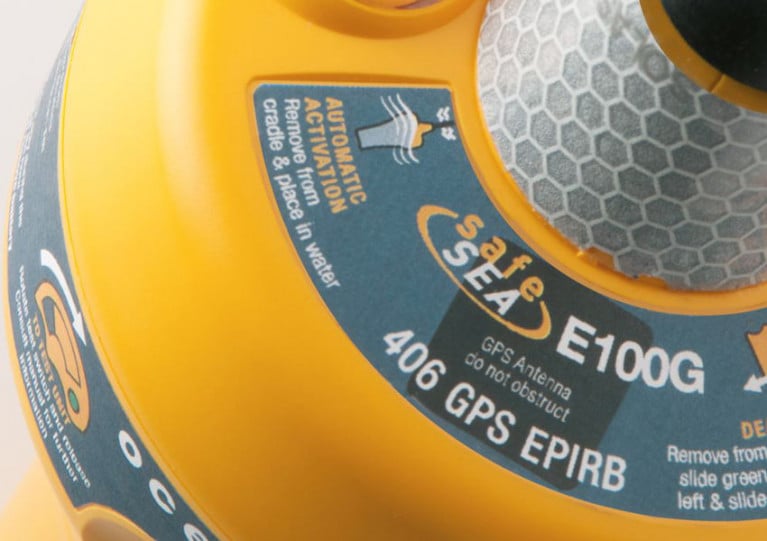Displaying items by tag: Marine Notice
Changes Proposed For Irish Coast Guard VHF Channels
The Irish Coast Guard has proposed a series of changes to its VHF working channels later this year.
The move follows amendments to transmitting frequencies in order to harmonise the VHF maritime mobile band internationally, which also require the coastguard to upgrade its radio equipment at a number of sites.
These upgrades are expected to take place between Monday 5 October and mid December, with dates for the channel changeovers yet to be confirmed. The affected remote sites are listed below:
|
Site |
Radio Call Sign |
Current Channel |
New Channel |
|
Howth Hts |
Dublin Coast Guard |
CH 83 |
CH 03 |
|
Rosslare Hts |
Rosslare Coast Guard |
CH 23 |
CH 05 |
|
Mine Hd Hts |
Mine Head Coast Guard |
CH 83 |
CH 03 |
|
Cork Hts |
Cork Coast Guard |
CH 26 |
CH 02 |
|
Bantry Hts |
Bantry Coast Guard |
CH 23 |
CH 05 |
|
Valentia Hts |
Valentia Coast Guard |
CH 24 |
CH 62 |
|
Shannon Hts |
Shannon Coast Guard |
CH 28 |
CH 64 |
|
Belmullet Hts |
Belmullet Coast Guard |
CH 83 |
CH 63 |
|
Clifden Hts |
Clifden Coast Guard |
CH 26 |
CH 03 |
|
Malin Hd Hts |
Malin Head Coast Guard |
CH 23 |
CH 05 |
|
Scalp Mountain |
Malin Head Coast Guard |
CH 85 |
CH 01 |
|
Glen Hd Hts |
Glen Head Coast Guard |
CH 24 |
CH 03 |
The remaining sites of Carlingford, Wicklow, Mizen Head, Galway, Clew Bay, Donegal Bay, Galley Head, Lough Ree and Lough Derg will retain their currently assigned channel.
Channel 16 will remain available at each remote site for distress, safety and calling and will not be affected by these changes. Channel 67is also available when required but may not be actively monitored at all times.
As the upgrade work progresses, the Irish Coast Guard will inform the public that a channel has changed by the following means:
- By broadcasting on the channel that will be changing in the days leading up to the switchover
- The Irish Coast Guard’s social media accounts on Twitter, Facebook and Instagram.
- Updated information on the gov.ie website and the Safety on the Water website.
Further queries are directed to the coastguard at [email protected]
Port Of Cork Maintenance Dredging Begins This Week
The Port of Cork reminds mariners that maintenance dredging will be taking place in Cork Harbour on all main shipping channels and berths from this Wednesday 19 August.
As previously reported on Afloat.ie, the dredging campaign by the TSHD Taccola will progress 24 hours a day until late September.
It follows a prior survey conducted last week, and bed levelling operations which began yesterday, Sunday 16 August.
Mariners are requested to navigate with caution when in the vicinity of the work craft, to pass by as wide a margin as possible and proceed with minimum wash and speed.
Updated European Commission Brexit Readiness Notices As End Of Transition Period Nears
The latest Marine Notice from the Irish Maritime Administration compiles links to a series of updated notices from the European Commission on the legal and practical implications arising at the end of the Brexit transition period on 31 December this year.
The seven readiness notices comprise the following:
- Getting ready for changes: Communication on readiness at the end of the transition period between the European Union and the United Kingdom, published on 9 July 2020
- Notice to stakeholders in the field of maritime transport, published on 4 June 2020 (replacing the Commission notices dated 27 February 2018 (maritime transport) and 11 October 2019 (seafarer qualifications, Rev 1)
- Notice to stakeholders on EU rules in the field of ship recycling, published on 8 June 2020 (replacing the Commission notice dated 28 March 2018)
- Notice to stakeholders in the field of industrial products, published on 13 March 2020 (replacing the Commission notice dated 22 January 2018 and the Q&A document dated 1 February 2019) — The products covered by this notice include recreational craft and personal watercraft and marine equipment as listed in the annex
- Notice to stakeholders in the field of recreational craft and personal watercraft, published on 25 June 2020 (replacing the Commission notice dated 5 April 2019)
- Notice to stakeholders in the field of aviation security and maritime security, published on 28 April 2020 (replacing the Commission notice dated 23 October 2018)
- Notice to stakeholders on EU rules on the monitoring and verification of CO2 emissions from maritime transport, published on 16 July 2020 (replacing the Commission notice dated 19 December 2018)
The Commission Communication of 9 July 2020 highlights the importance for stakeholders of ensuring their readiness for the automatic changes arising following the end of the transition period as of 1 January 2021.
These Commission-published notices are intended to facilitate preparation by EU-27 member states and by wider stakeholders in the areas concerned for the end of the UK’s transition period on 31 December 2020.
Port Of Cork Maintenance Dredging Set To Begin
Maintenance dredging of all main navigation channels and berths within the Port of Cork is set to begin, with various stages between now and late September.
A survey of the harbour by the vessel Norse is scheduled to commence this Thursday 13 August, which will be followed by bed levelling operations by the Afon Liigwy from next Sunday 16 August.
The main dredging campaign by the TSHD Taccola will then progress from Wednesday 19 August over the following six weeks, as per the port's marine notice (available to download below).
Operations will continue 24 hours a day. When engaged in dredging, the vessels will display all required lights and shapes.
Mariners are requested to navigate with caution when in the vicinity of the work craft, to pass by as wide a margin as possible and proceed with minimum wash and speed.
Port operations and the aforementioned vessels may be contacted on VHF channel 12 to obtain further details pertaining to the dredging operations for the duration of the campaign.
Following the recent deployment of Metocean devices to provide data for the development of the Arklow Bank Wind Park, a geotechnical survey will take place in the same areas of the Irish sea off the Wicklow coast in the coming weeks.
The survey will start in late August or early September, weather depending, and will continue to November. Survey activity will involve drilling around 15 boreholes in the area detailed in Marine Notice No 33 of 2020, available to download below.
Survey works will be conducted by contractor Geoquip Marine using the Geoquip Saentis (Callsign C6UM8), an 80m dynamically positioned specialist survey vessel.
The Geoquip Saentis will be restricted in its ability to manoeuvre during its 24/7 survey operations, and other vessels in the are are requested to leave a wide berth.
Update To Seafarer/Fisher Medical Examinations Scheme
An update has been issued for the Seafarer/Fisher Medical Examinations Scheme, detailing medical and eyesight standards and a list of approved doctors.
The updated scheme supersedes that previously issued in mid 2014 and is included in Marine Notice No 34 of 2020, available to download below.
Reminder On Covid-19 Guidance For Domestic Passenger Vessels
The Department of Transport, Tourism and Sport has issued a reminder of guidance for all operators of domestic passenger vessels to prevent the spread of coronavirus on their services.
This includes the Covid-19 Marine Travel Protocol and guidance for ferry services to offshore islands, the Return to Work Safely Protocol, and Fáilte Ireland’s Covid-19 Safety Charter.
Further details are included in Marine Notice No 32 of 2020, which can be downloaded below.
Deployment Of Wave Monitoring Devices Off Wicklow Coast
Metocean devices will be deployed in the Irish Sea off the Wicklow coast) in the coming days, weather permitting, to provide environmental data for the development of the Arklow Bank Wind Park.
Similar to last autumn’s deployment, four separate devices to monitor waves and currents will be deployed, which will include a seabed frame with the sensors mounted on it, an anchoring system, and a surface marker buoy.
The devices will be deployed using either the AMS Retriever (Callsign MEHI8) or Husky (Callsign 2EQI7), both versatile multi-purpose shallow draft tugs. The devices will remain in place for approximately six months, serviced on a three-monthly basis.
During deployment and recovery operations, the AMS vessel will be restricted in its ability to manoeuvre. The devices will be located using yellow special mark buoys which will have the relevant markers and ATON characters.
The location of the devices will be off the Wicklow coastline as detailed in Marine Notice No 31 of 2020, which is available to download below.
Canoeists & Kayakers Encouraged To Review Code Of Practice
Canoeists, kayakers and relevant organisations are encouraged to review the Code of Practice for the Safe Operation of Recreational Craft, following a recent report into the death of a kayaker on Lough Gill.
As previously reported on Afloat.ie, the lone kayaker was believed to have become separated from his Canadian canoe in bad weather on the Co Sligo lough in late January 2019.
The vessel had not grablines to aid recovery after the casualty had entered the water, the MCIB report said, adding that he may have been weighed down by his Wellington boots, and had only a mobile phone and no other means of signalling for help.
The report recommended a Marine Notice highlighting the requirements for kayaks and canoes as set out in Chapter 7 of the Code, and in particular the following:
- Chapter 7, Section 7.1 (Training), page 84 of the Code: Undertake a recognised training course in the correct use of the specific type of canoe you wish to use.
- Chapter 7, Section 7.2 (Prior to entering the water), pages 84 and 85 of the Code: Ensure that you carry a mobile phone or Marine VHF radio in a suitable watertight cover for use to summon assistance in emergency situations.
- Check the hull is fitted with grab loops/towing lines.
- Ensure that you are a competent swimmer and capable of surviving in the areas you operate.
The MCIB also recommends that canoeists and kayakers should ensure that they wear clothing and footwear that will not affect their chance of survival in the water.
In addition, Chapter 7 of the Code of Practice contains general information on personal safety equipment, sea kayaking, river kayaking and canoeing.
Part A of the Code outlines the legislative requirements that apply to all recreational craft or specific types or size of craft, and Part B contains recommended guidelines and best practice for the safe operation of a range of recreational craft including canoes and kayaks.
The Code of Practice is a free document and hard copies can be obtained on request, in both English and Irish, from the Maritime Safety Policy Division at
[email protected]
The Code and individual chapters of the Code are available to view or download from dttas.gov.ie and a list of updates to the 2017 edition of the Code is also available.
Marine Notice No 30 of 2020 is available to download below, as is Chapter 7 of the Code of Practice.
Owners of the Ocean Signal SeaSafe E100 or E100G emergency radio beacons are reminded to perform their unit’s self-test function as soon as possible.
The manufacturer says all of its EPIRBs should be routinely tested on a monthly basis, as per the user manual.
All Ocean Signal beacons are designed to have sufficient capacity to accommodate a monthly self-test over the lifetime of the battery.
However, for those beacons that do not pass the self-test, an exchange process is being offered for affected units.
Details on how to perform the self-test — and seek a replacement if necessary — are detailed in Marine Notice No 29 of 2020 attached below.



























